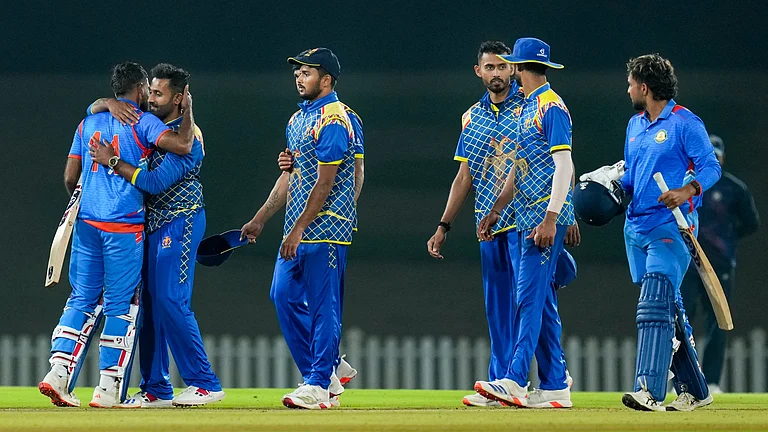India's Chandrayaan-3 lifted off from Sriharikota in Andhra Pradesh.
The mission assumes significance for country’s space exploration.
The mission could be a major success for India and the country would achieve a controlled landing on the moon, after Russia, the United States, and China.
The moon lander Vikram is perched on a Mark 3 heavy-lift launch vehicle -- dubbed the Bahubali rocket, said NDTV report.
Prime Minister Narendra Modi hailed the launch as a "new chapter" in India's space odyssey and said it has elevated the dreams and ambitions of every Indian.
"Chandrayaan-3 scripts a new chapter in India's space odyssey. It soars high, elevating the dreams and ambitions of every Indian," PM Modi said in a tweet.
The journey from Earth to the moon for the spacecraft is estimated to take about a month and the landing is expected on August 23, the report stated.
It stated upon landing, it will operate for one lunar day, which is approximately 29 Earth days.
The Chandrayaan-3 will have three major components — a lander, a rover, and a propulsion model. It will be using the Orbiter from Chandrayaan-2 which still exists in the lunar atmosphere.
In a first, India's mooncraft 'Vikram' will land in the South Pole of the moon, where water molecules have been found. The finding, made during India's first moon mission in 2008, had startled the world.
Vikram is meant to have a safe, soft landing. The lander will then release the rover Pragyan, which will roam the moon's surface for a lunar day and conduct scientific experiments.
The latest iteration of the Chandrayaan comes four years after an earlier attempt failed, with the ground crew losing contact moments before landing.
The ISRO's second lunar mission Chandrayaan-2 failed while attempting to land in 2019. However, to avoid past failures, ISRO has corporate a series of changes in the upcoming mission.
"The main lacuna in the last Chandrayaan-2 mission was that there were off-nominal conditions that were initiated in the system. Everything was not nominal. And the craft was not able to handle the off-nominal condition for a safe landing," the report quoted ISRO Chief S Somnath as having said.


























